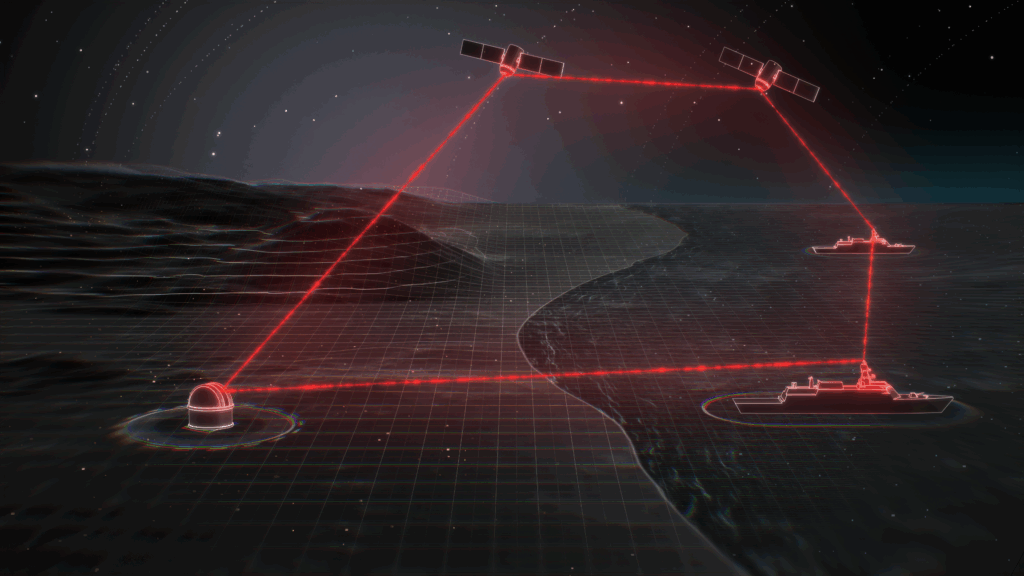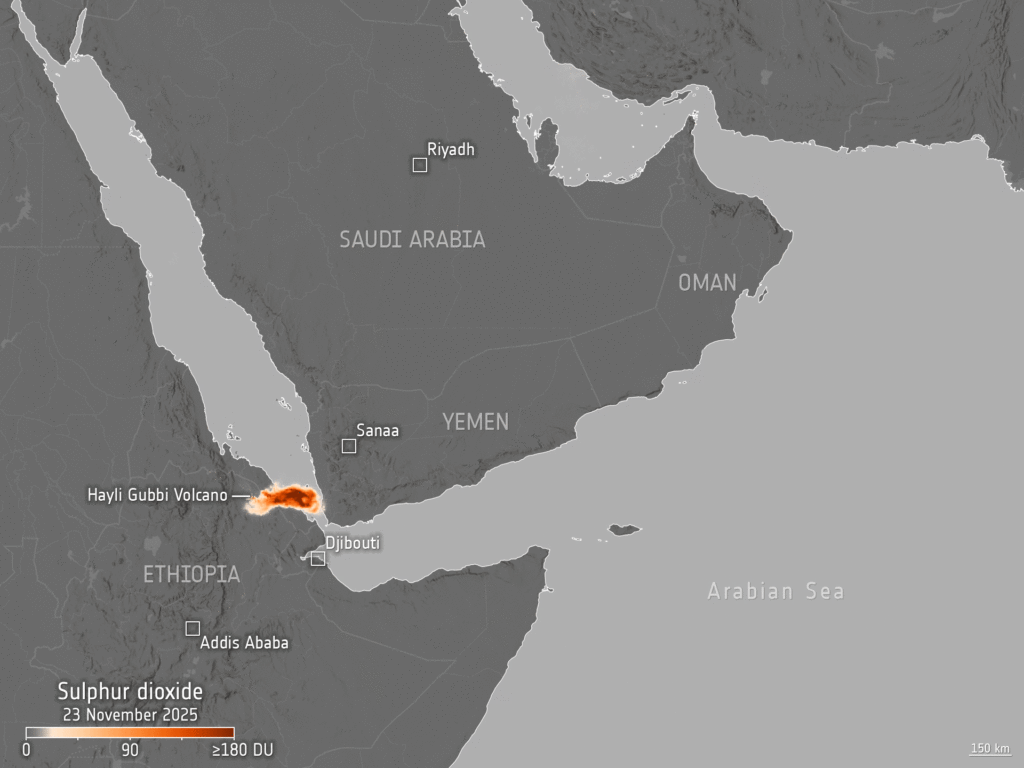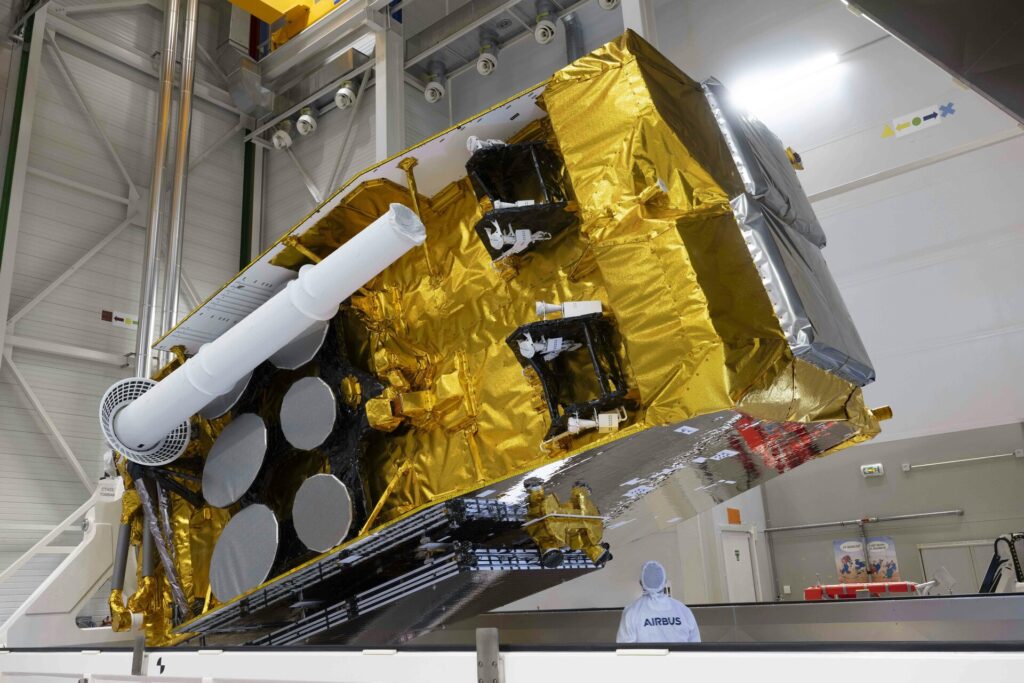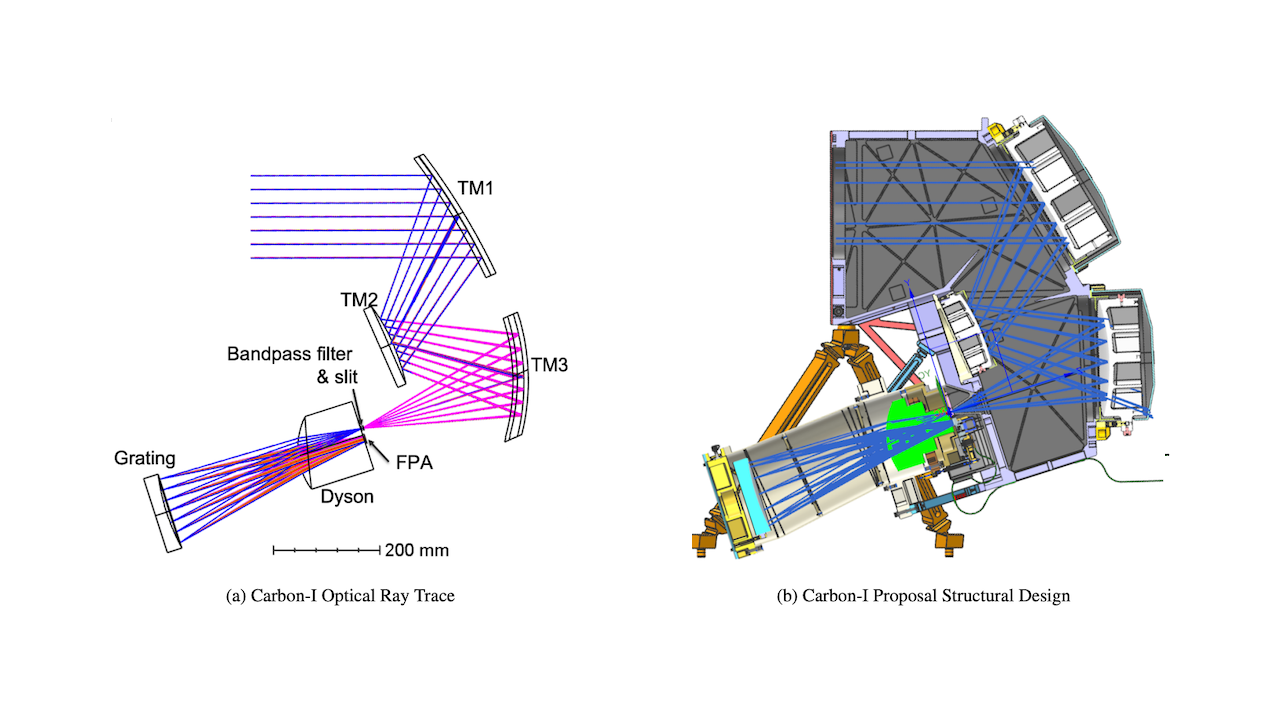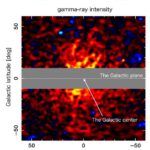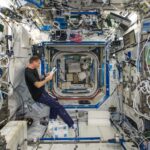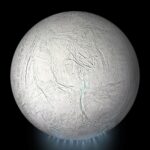Now Reading: Tall ship brings ESA ocean science training to Nice
-
01
Tall ship brings ESA ocean science training to Nice
Tall ship brings ESA ocean science training to Nice
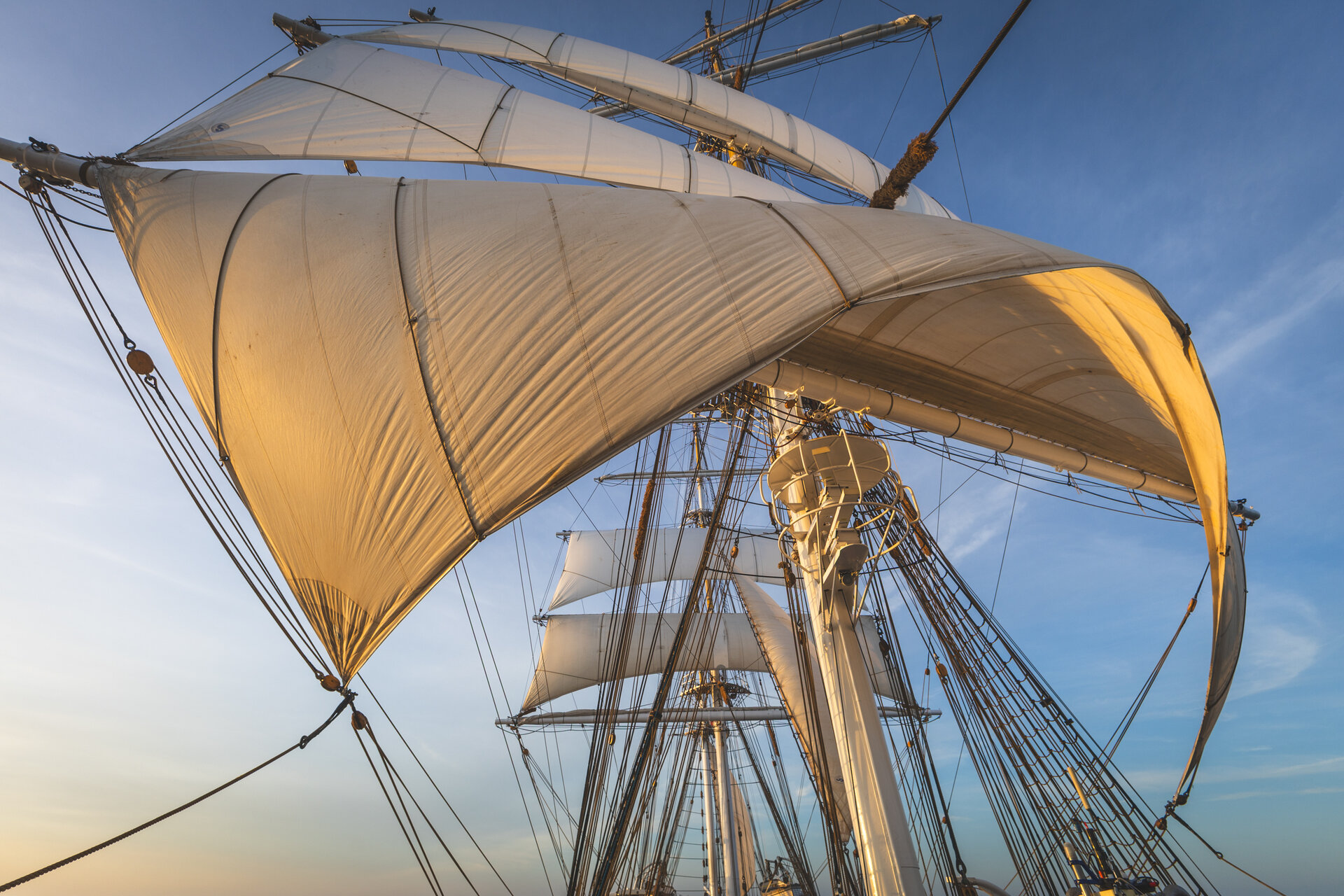

04/06/2025
246 views
8 likes
After an extraordinary six-week voyage from northern Norway, the iconic Norwegian tall ship Statsraad Lehmkuhl has docked in Nice, France, concluding ESA’s 2025 Advanced Ocean Training course. Braving everything from wild storms to calm near-freezing seas, students aboard mastered techniques for collecting ocean measurements and harnessed satellite data to unlock insights into our blue planet.
Led by experts, this real-world expedition offered more than education – it sparked curiosity and a deeper commitment to understanding and protecting our oceans.
The Statsraad Lehmkuhl set sail from Tromsø, Norway, on 22 April, charting a course to southern France via Iceland and the island of Menorca in Spain. But this journey began long before the ship left port.
Between November and April, students took part in an intensive preparatory phase with around 50 lectures, provided by ESA, to build the foundations needed to embark on this immersive hands-on training course at sea.
ESA’s course is part of the year-long One Ocean Expedition – a scientific and educational voyage across the Northern Hemisphere dedicated to raising awareness of the ocean’s vital role in building a sustainable future.
The ship’s arrival in Nice also comes at a crucial moment, just ahead of the United Nations Ocean Conference. The conference seeks to galvanise urgent action to conserve and sustainably manage oceans, seas and marine resources, while advancing the implementation of United Nation’s Sustainable Development Goal 14.
Craig Donlon, ESA ocean scientists and leader of the expedition, said, “It’s been an incredible six weeks at sea.
“Everyone is now absolutely exhausted, but our students, lecture team, officers and crew have been outstanding – they fully embraced modern ocean science aboard this historical tall ship and threw themselves into every aspect of our demanding training course.”
He further explained, “We have completed measurements from 29 oceanographic stations, sampling water at different depths down to1200 m together with phytoplankton and zooplankton net samples. These are connected with an array of measurements of the ocean currents, biology and meteorology, amongst others.
“Exceptionally good satellite data, particularly from the Copernicus Sentinel-1, Sentinel-2 and Sentinel-3 missions and from ESA’s SMOS mission, have been used, not only to guide our sampling plan in realtime, but also by our students who have leveraged their full impact to explore the physics, biology and health of our oceans.
Our students have gained a deeper understanding of how our oceans are being impacted by climate change. Our voyage has been a wonderful success delivering an incredible dataset together with trained ocean scientists to explore its content as they prepare to publish their results. I am so proud of all that they have achieved.”
Boarding the Statsraad Lehmkuhl in Nice to speak at an ESA press conference and to those who took part in the expedition, Simonetta Cheli, ESA’s Director of Earth Observation Programmes, said, “Earth science lies at the core of our FutureEO programme, which drives the development of world-class satellite missions to uncover new insights about our changing planet. But our commitment also goes beyond building satellites.
“This exceptional Ocean Training Course reflects our dedication to sharing knowledge and empowering the next generation of scientists and satellite data users. Our aim here, was to help equip students with the new skills and confidence as they embark on their careers in ocean science.
“We hope that, in the future, they too will make new discoveries about our precious oceans – discoveries that the world will benefit from in our common goal of understanding and taking care of our plant.
“My thanks goes to everyone who has helped make this happen.”
The importance of investing in our future ocean scientists is recognised by institutes sponsoring ESA’s Advanced Ocean Training Course including Ocean Data Laboratory (France), the Nansen Environmental and Remote Sensing Center (Norway), NASA (US), the Trevor Platt Science Foundation (India) and the Statsraad Lehmkuhl Foundation (Norway), amongst others.
Through this sponsorship, international students beyond Europe were able to participate in the scientific voyage.
Read more about the students’ experience: ESA’s Ocean Training Course Blog
Stay Informed With the Latest & Most Important News
Previous Post
Next Post
-
 012024 in Review: Highlights from NASA in Silicon Valley
012024 in Review: Highlights from NASA in Silicon Valley -
 02Panasonic Leica Summilux DG 15mm f/1.7 ASPH review
02Panasonic Leica Summilux DG 15mm f/1.7 ASPH review -
 03How New NASA, India Earth Satellite NISAR Will See Earth
03How New NASA, India Earth Satellite NISAR Will See Earth -
 04And Thus Begins A New Year For Life On Earth
04And Thus Begins A New Year For Life On Earth -
 05Astronomy Activation Ambassadors: A New Era
05Astronomy Activation Ambassadors: A New Era -
06SpaceX launch surge helps set new global launch record in 2024
-
 07Space Force plans new ‘Futures Command’ amid pressure to speed up modernization
07Space Force plans new ‘Futures Command’ amid pressure to speed up modernization












